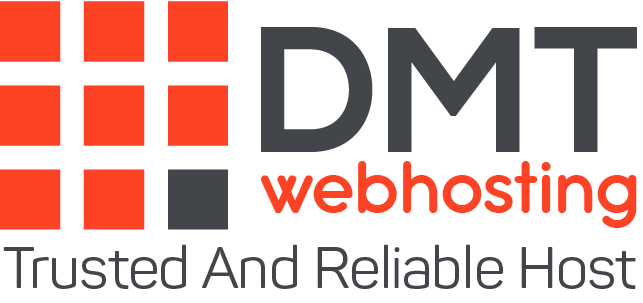We often choose domain names without really knowing where we are going. So let’s take the time here to understand what a domain name is before you even start to think about your choice. Explanation of the origin, the differences, how it will be used from a technical point of view.
- Definition of the domain name
- Better understand how it works
- What www.
- Top-level domains
- Second level domains
What is a domain name? (Definition)
What a little personal emotion when you take a domain name from a registrar (or registrar) to create your website. It’s a bit like choosing your business name. And for good reason, a domain name is something unique which implies this rule but how does it work?
- First come, first served!
In practice, a domain name (FQDN) is a web address representative of a unique identifier, creating what is called a mask on an IP address. The word or letter making up the domain name is required by default. But it is possible to have several labels on the same IP.
The owner of a domain name pays an annual fee which he must renew to keep the property of the latter. He does so with a registrar who makes several different services available to him. The minimum service includes in return for the financial part the maintenance of the database of the domain name (s) and the updating of the registry databases which it represents; These determine the functioning of the DNS (Domain Name System) which in fact correspond to a set of machines or servers linked to the same domain.
Other services can be added to these, such as setting up a manager or back-office, administrative and technical management, sending emails before the deadline for renewal, updating WhOIS coordinates, etc. There is also a more dedicated DNS-related service for E-mails.
Unpacking an area to better understand
A domain name is ultimately a set of computers linked together by the Internet and having a common characteristic which is the domain name. To go further, the domain name converted as an address in your browser allows you to connect an IP (which your computer or smartphone today will understand). These IPs currently have two particular characteristics called IPV4 and IPV6. We have been waiting almost 20 years for a total distribution of IPV6 which has a much larger address space than IPv4. When choosing your host, consider these features.
If we take the generic domain name http://dmtwebhosting.com, “Http” is the exchange protocol allowing two machines to communicate with each other, dmtwebhosting.com is the name of the server allowing to exchange between them (it’s nicer than a series of numbers), and the “//” are the separators allowing to differentiate the name of the protocol and the server.
- There is also talk of domain extension for .com
If we take the wordpress.dmtwebhosting.com subdomain, for example, it is possible to have a new server. The subdomain is a good way to aggregate other content to the main domain.
What about WWW.?
Ultimately, the WWW. date from the beginning of the Web and are integrated or not for display. A server name is very often made up of a prefix, most often www. It is therefore advisable to ensure that, in all cases, the address with or without www points to the server. In this case, we redirect domains to www. or vice versa, here in rewrite mod for Apache:
Redirection to www.
RewriteEngine on RewriteCond %{HTTP_HOST} ^monmon-site-internet.fr$ RewriteRule ^(.*) https://www.dmtwebhosting.com/$1 [QSA,L,R=301]
Conversely, as is the case for the agency’s website, you can avoid www.:
Redirect without www
RewriteEngine on RewriteCond %{HTTP_HOST} ^www.dmtwebhosting.com$ RewriteRule ^ (. *) http://dmtwebhosting.com/$1 [QSA, L, R=301]
You will understand, this does not have an impact in itself except to make these redirects well to avoid duplicate Content (Google does not appreciate).
The 4 different types of top-level domains
We usually consider 4 types of top-level domains:
- National top-level domains such as .pk; they are called ccTLDs for “Country Code Top-Level Domain”. They are approximately 260
- The so-called generic top-level domains or gTLDs most often composed of 3 letters such as .org, .net, etc.
- The top-level domains, also generic, introduced in 2008, the NGTLDs (New generic Top-Level Domain) which are more simply called gTLDs today.
- Finally, there are domain extensions for companies and organizations wishing to have their top-level domain.
In all, there are more than 560 so-called generic or national top-level domains *.
Second level domains
There are second-level or SLD (Second-Level Domain) domains on the web; Perhaps one of the best-known examples is Wikipedia: wikipedia.org in two labels separated by a point. The .co.uk for the United Kingdom and the company registrar.
In a way, the second-level domain is an extension added to that of the first level. Also well known, the domains used by administrations such as. Gov.pk. These areas are inaccessible to the general public who must, therefore, choose other types of extensions.
About the author
DMTwebhosting.com‘s Editorial Team prides itself on bringing you the latest web hosting news and the best web hosting articles!
You could also link to the news and articles sections:
